Compliant But Unprotected: Communities of Color Take Greater Action to Prevent the Spread of COVID-19 But Remain at Risk
Alexandra Hernandez-Vallant, Gabriel Sanchez, Carmela Roybal, Barbara Gomez-Aguinaga, Brooke Abrams, Desa Karye Daniel, Edward Vargas, Juan Pena, Melanie Sayuri DominguezThe coronavirus is illuminating the large racial inequalities that exist in the United States. As more and higher-quality data becomes available on infection and death rates associated with COVID-19, there is no debating that people of color are disproportionately impacted. Data compiled by the Associated Press make clear that people of color are becoming infected and dying at higher rates than non-Hispanic Whites. This racial disparity is wide and consistent across multiple racial and ethnic groups, including the Hispanic and African American community, as is reflected in the bullet points below.
Our goal with this post is to combat the inaccurate narrative that the behavior (specifically social distancing and stay-at-home practices) of people of color and immigrants is responsible for the sharp differences in COVID-19 outcomes. As we will discuss in more detail, racial and ethnic minorities have actually been more responsive to calls from leaders to change their behavior and reduce the spread of the virus. However, due to inherent structural factors far outside of their control, people of color and immigrants are more likely to be essential employees with jobs that require them to leave their homes and place themselves and their families at risk. We close by discussing the irony associated with the increasing need for Americans to wear face masks when in public, as our data indicates that racial and ethnic minorities are more likely to wear a mask to protect themselves and others from infection, despite knowing that doing so can lead to racial profiling due to the existing inequalities in our nation’s criminal justice system.
People of Color are Changing Their Behavior to Combat COVID-19
National online survey data highlight that before states issued mandatory lockdowns, racial minorities were more likely to change their behavior to help diminish the spread of the virus than non-Hispanic Whites. For example, 45% of Latinos and 43% of African Americans reported changing their travel plans to stop the spread of the virus compared to 33% of non-Hispanic Whites. Asian American and Pacific Islanders were most likely to have changed their travel plans (59%).
To capture some of the more recent state and federal recommendations to reduce the spread of the virus, we have expanded the measures of behavioral changes the public could have taken in the second wave (n=2,227) of our panel study (April 14-21) to include asking respondents if they wear a mask or scarf in public. The results suggest that race, ethnicity and partisanship are important narratives to consider when examining behavioral changes in social distancing. For example, we find that communities of color are more likely to have taken this important step to combat the virus: 71% of Latinos, and 74% percent of African Americans report that they wear a mask or scarf compared to 66% of Whites.
. . .communities of color are more likely to have taken this important step to combat the virus: 71% of Latinos, and 74% percent of African Americans report that they wear a mask or scarf compared to 66% of Whites.
Scholars have also found that partisanship has a marked impact on social distancing behavior, with significant differences based on whether respondents live in Republican or Democratic governed states. We build on that finding to see if partisanship interacts with any other important factors to influence mask wearing.
When we stratify the data among those with preexisting conditions by partisanship, we see some interesting trends. As the figure below illustrates, among those at higher risk of being seriously ill from COVID-19 due to a pre-existing condition, only 59% of White Republican respondents using a mask in public relative to 71% of White Democrats. Among Latinos, 86% of Latino Democrats with pre-existing conditions report wearing masks in public relative to 74% of Latino Republicans, which is even higher than White Democrats’ compliance.
We focus on wearing a mask or scarf because we believe it is symbolic of the complexity and risk associated with these behavior changes for people of color. The existing inequalities that people of color face in the policing and criminal justice systems creates life-threatening decisions for many racial and ethnic minorities; they can wear a mask or scarf for everyone’s safety–but be mistaken for a criminal and become targeted by police. In fact, national media reporting has identified that some men of color have decided not to wear a mask due to fear of being racial profiled by police and others.
Our survey asked all respondents who said that they have worn a mask or scarf in public if they worry about being mistaken for a criminal by police or security when doing so. We see a clear distinction by race and ethnicity, with Latinos (32%) and African Americans (30%) being more worried than both Whites and Asian Americans (19% for both groups). Being worried about racial profiling is even greater when we isolate Black and Latino men. Latino men (38%) and African American men (36%) are more worried about mistaken identity associated with wearing a mask in public than both Whites (26%) and Asian Americans (21%).
These data suggest that racial and ethnic minorities have been more likely to take the appropriate steps to reduce the impact of COVID-19 than Whites, despite feeling that some of these actions could lead to other problems, including being targeted by police and security.
Our data indicate that the stark racial differences in COVID 19 outcomes are not due to communities of color not taking appropriate steps to protect themselves and others from the virus.
Our data indicate that the stark racial differences in COVID 19 outcomes are not due to communities of color not taking appropriate steps to protect themselves and others from the virus. In contrast, gaping inequalities in working and living conditions and underlying health inequalities are undoubtedly the drivers of these inequalities. We hope that the spotlight COVID-19 has provided to identify these important, yet often overlooked inequalities that plague American society leads to significant reform efforts, as this health crisis has made clear that the consequences of inaction are severe and tragic.


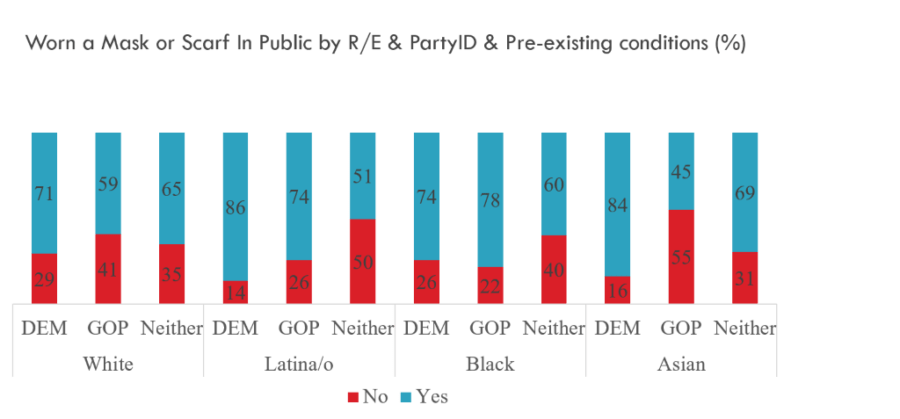
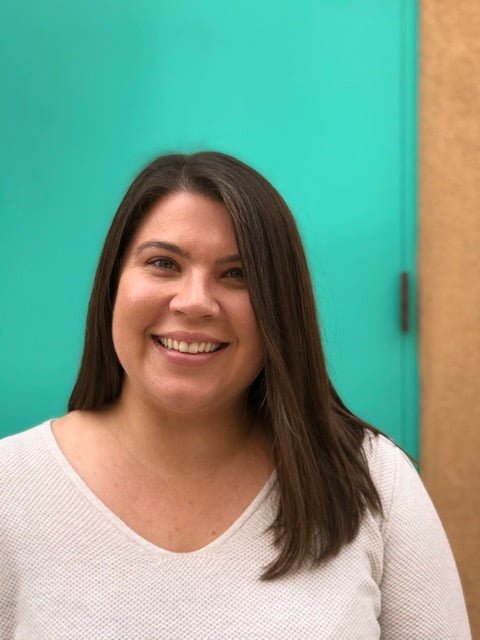


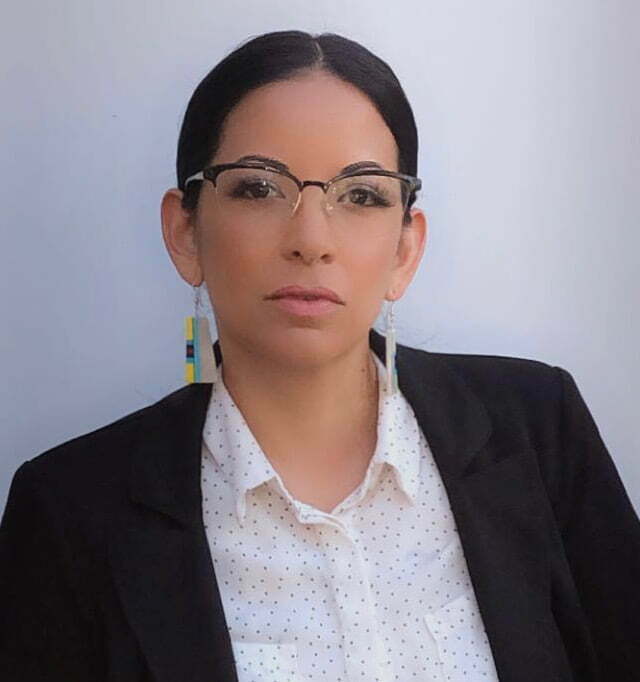
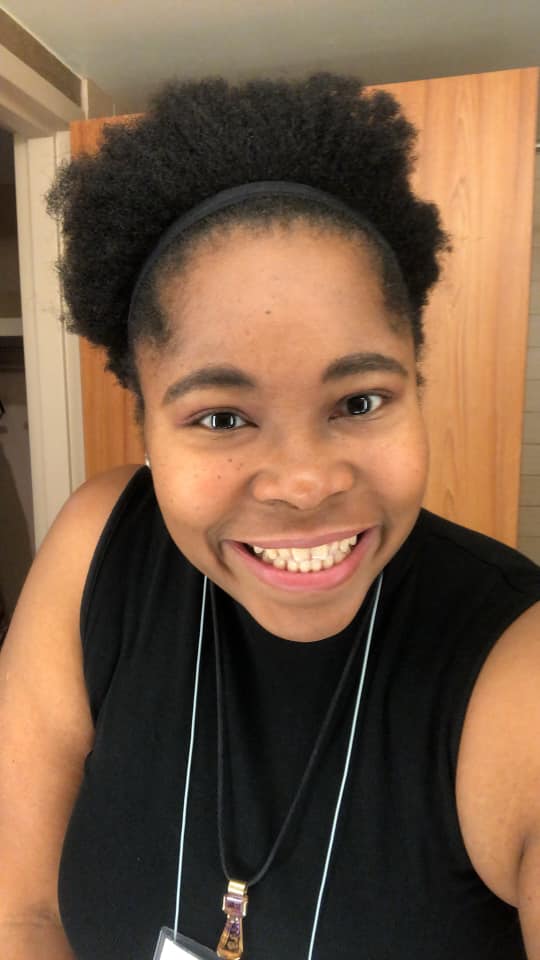



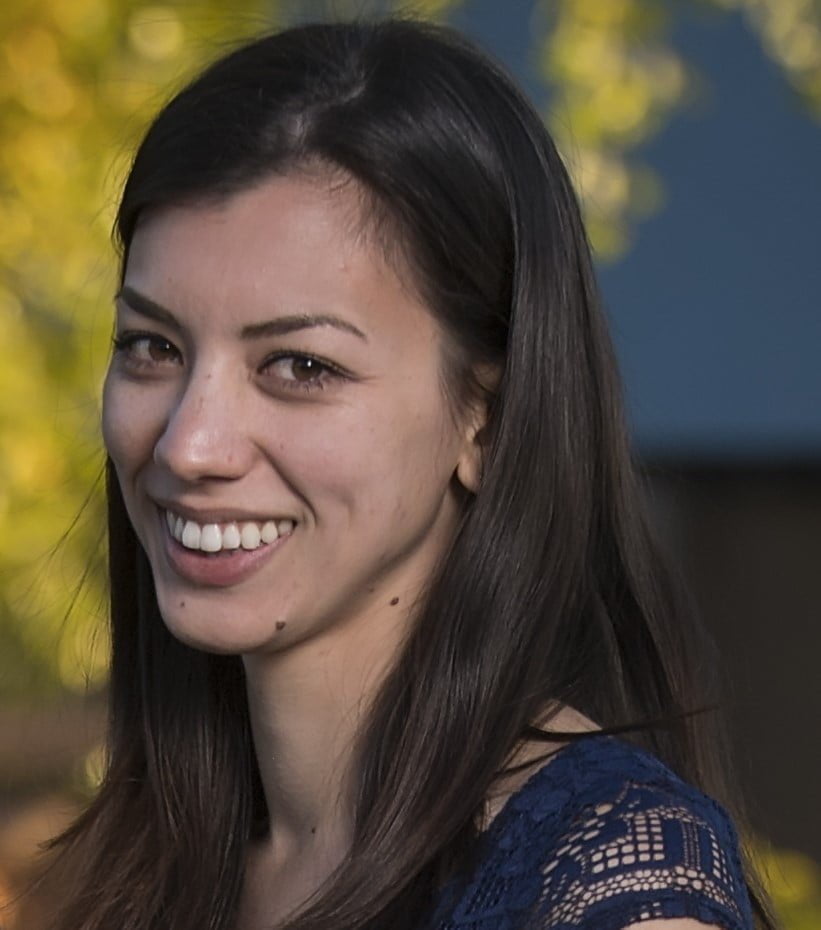


July 29, 2020 @ 6:51 am
I wish there was a way to save this as a file. I am a retired professor ad like to keep material such as this for documentation.
June 1, 2020 @ 2:57 pm
It also appears that Native American populations are at greater risk.